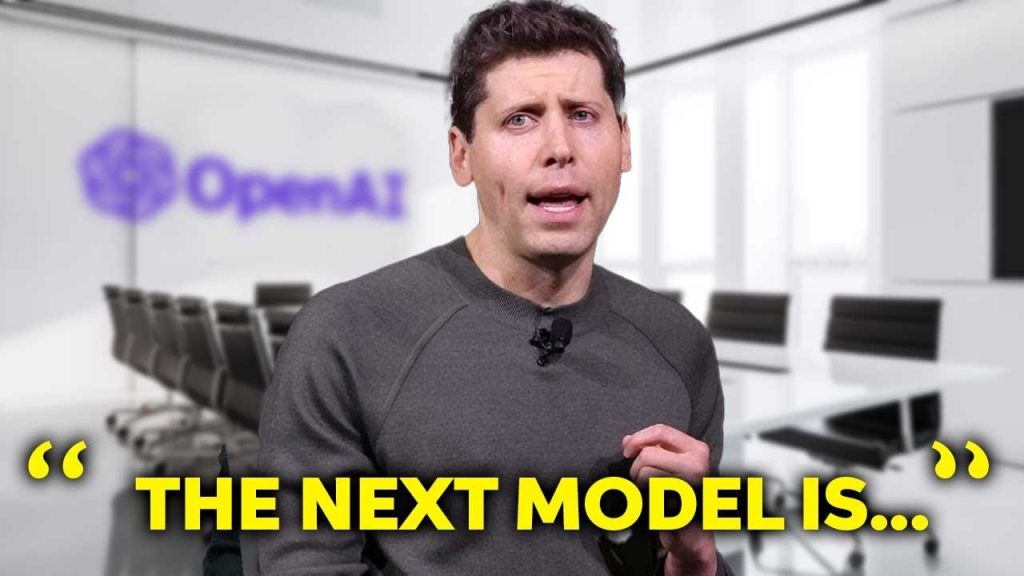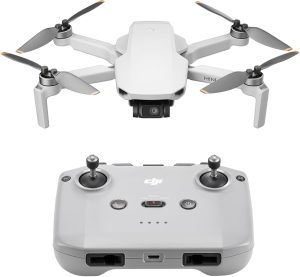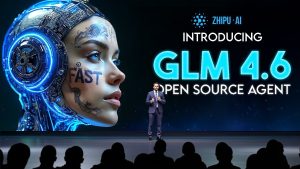Exploring the Future of AI with OpenAI’s Latest Model Developments

In a recent webinar, OpenAI unveiled their latest strides in the AI world, focusing on the evolution of new model series. This new direction hints at exciting possibilities for technology enthusiasts.
OpenAI’s move to create separate model series such as the 01 and GPT series could mark a significant shift. These models cater to different needs, thus offering more versatile AI solutions.
Introduction of New AI Model Series
OpenAI has launched a fascinating new 01 model series separate from the traditional GPT series. This move signals a fresh era in AI development, catering to diverse needs. The introduction was highlighted in a recent webinar, showcasing future possibilities and model capabilities. Expect distinct benefits from both the GPT and 01 series.
01 versus GPT: Two Unique Model Classes
The 01 series targets specific tasks, excelling in long-term reasoning. Meanwhile, the GPT series provides a more general use AI model, ideal for everyday applications. This dual approach allows users to choose based on their unique needs, potentially transforming how AI integrates into daily life.
Webinar Insights on Future AI Developments
OpenAI’s webinar revealed plans for model updates, including enhanced web browsing and file uploading capabilities. These features are set to debut soon, increasing model utility. The tech community eagerly anticipates these updates, which promise to expand AI’s role in various fields.
Model Capabilities: A Glimpse into Tomorrow
Current models like GPT-40 already impress with remarkable versatility, but future enhancements are expected. These upgrades aim to broaden the scope, making AI more resourceful and adaptable. OpenAI’s emphasis on continuous improvement hints at breakthroughs that could redefine AI capabilities.
Diving into the exploration of capabilities, the model’s potential for video summarization is noteworthy. Imagine uploading a lengthy video and receiving a concise summary almost instantly. This advancement could revolutionize information processing, saving time for many users.
Moreover, the model shows promise in 3D object synthesis, turning two-dimensional images into dynamic 3D renderings. Such technology could greatly influence industries like gaming and virtual reality, enhancing user experience. The future holds exciting prospects for AI application across various domains.
The Role of Audio and Image Processing
Audio processing might become a staple in future AI models, allowing seamless integration of extended audio inputs. This capacity could enhance dictation and transcription tasks, aiding both personal and professional settings.
AI’s capability to generate stories from images adds another layer of creativity. By transforming a single image into a detailed narrative, these models open new avenues for content creation. This functionality might soon become a valuable tool for writers and artists alike.
Enhanced image-to-story capabilities are expected to introduce new genres of storytelling. This innovation could transform how stories are crafted and consumed, supported by dynamic visuals. Creative industries stand to benefit greatly from this feature.
Dynamic Model Selection: A Seamless AI Experience
OpenAI is refining model usage through dynamic routing, where a single prompt determines the best-suited model. This innovation ensures efficient responses by matching queries with appropriate processing power, simplifying user interaction with AI.
As users engage with AI through dynamic routing, their experience will become more streamlined. This advancement supports varied levels of query complexity, fostering a more intuitive user interface.
The Promise of Smarter and More Capable AI
Future iterations of the 01 series promise intelligent enhancements, especially in reasoning and problem-solving. These improvements reflect OpenAI’s commitment to advancing AI’s cognitive abilities.
Webinar attendees learned that these developments aim to support a broader range of use cases. The tech world anticipates smarter, more versatile models that could address complex challenges effectively.
The Business Impact of Future AI Models
AI’s expanding capabilities could reshape industries, influencing business strategies. As models evolve, businesses can harness these tools to streamline operations and enhance productivity.
Innovative AI features promise to revolutionize sectors such as content creation and data analysis, providing new growth opportunities. Entrepreneurs and companies should watch these trends closely to stay competitive.
Moreover, AI integration stands to foster innovation in customer service and marketing. Models with enhanced understanding and reasoning abilities could transform how businesses interact with customers.
Exploring Creative Possibilities in AI
AI’s potential for creativity presents exciting prospects for artists and writers. By transforming simple inputs into complex outputs, these models redefine creative boundaries.
Recent advancements highlight the use of AI in crafting unique content across art forms. OpenAI’s emphasis on creativity could lead to novel artistic expressions.
The broadened horizons of AI creativity offer new tools for those in the arts. This evolution could inspire a wave of innovation across creative fields.
Anticipating the AI-Driven Future
OpenAI continues to push AI boundaries, integrating diverse functionalities into their models. Their commitment to improving model intelligence promises to shape future innovations.
Tech enthusiasts eagerly await the full capabilities of these models. The future looks bright for AI’s role in transforming technology and society. The potential applications are vast and varied.
The future of AI under OpenAI’s direction is incredibly promising, with exciting developments on the horizon. As AI grows smarter, its applications continue to expand, benefiting various industries.








